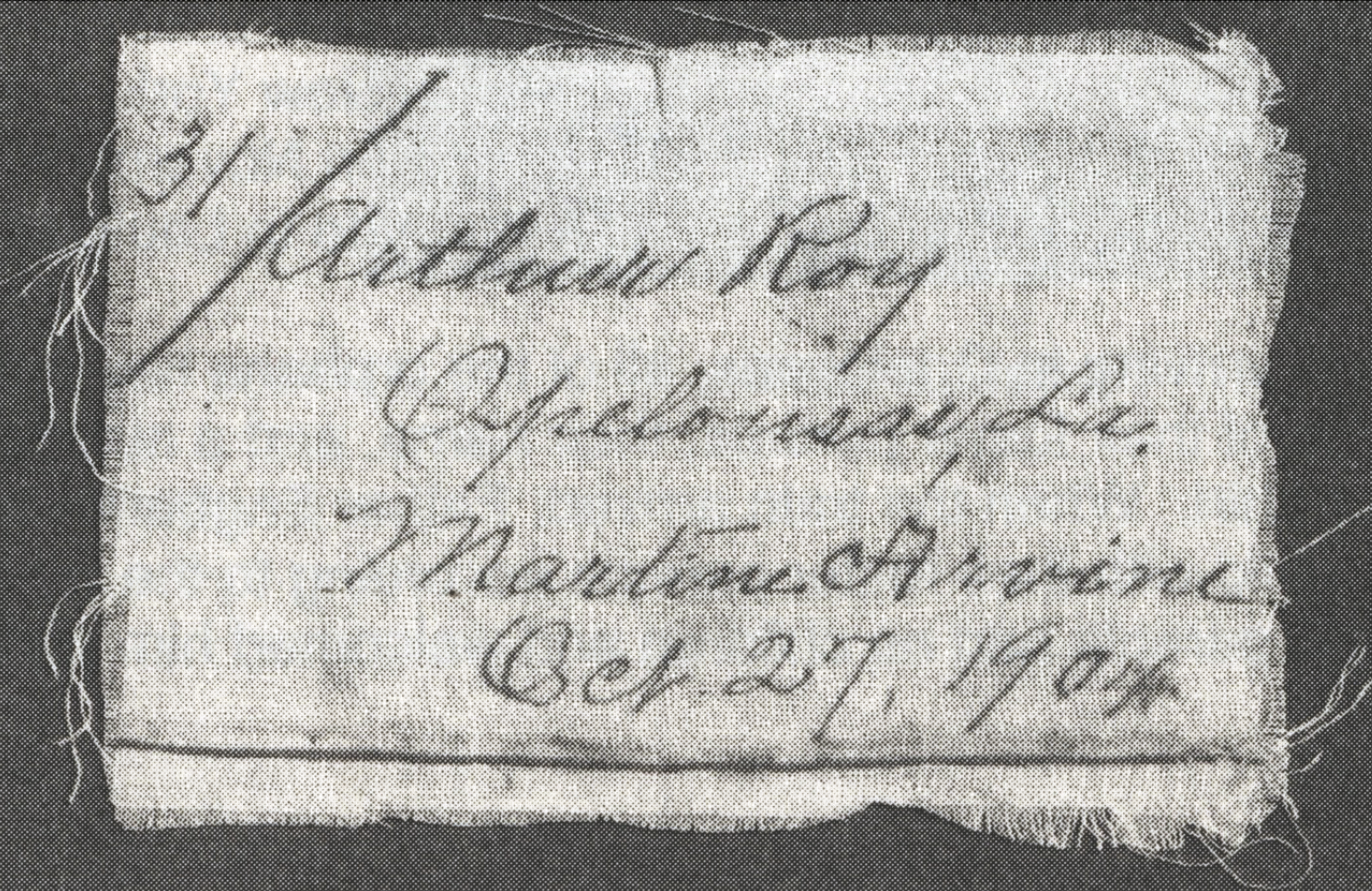What's a Raconteur?
A person who tells anecdotes in a skillful and amusing way; a storyteller; a narrator
In the 1850s, New York City had a population of about 500,000. By 1920, this number had increased to over 2,000,000. This increase was caused by massive waves of immigration—people fleeing poverty, famines, political unrest, and religious persecution. They viewed America as a place where they could make a better life for themselves and their children. Because immigrants often spent all the money they had on the voyage to the United States, they could not go any farther than New York City. Ellis Island was processing around 2,000 immigrants per day by 1900. In addition to immigrants, Americans were also moving to the city to work in the new factories. The city wasn’t prepared for such an influx of people, causing people to live in cramped and dirty conditions, where disease spread easily. Disease and dangerous working conditions in the factories often led to the death of one or both parents in a household. Even if one parent was still alive, they often couldn’t work and care for their children. These children were placed in orphanages in the city.
Orphanages housed between 200 and 2,000 children. Orphan trains began to get the children out of the crowded orphanages and into homes in communities around America where they would hopefully have a more normal childhood.
The first orphan train was sent out by the Children’s Aid Society in 1854. Forty-six children ages seven to fifteen were sent to Dowagiac, Michigan, and all forty-six found homes. The success of this first train led other organizations to begin their own orphan trains.
One of the largest organizations was the New York Foundling Hospital, run by the Sisters of Charity. Sister Irene Fitzgibbon founded the Foundling Hospital in 1869. This organization placed children in the homes of families who were approved by their local church leaders. The Sisters would assign each child a number. This number was written on a tag, along with the name and address of the family receiving them, and the tag was sewn onto the child’s clothing. The receiving family would be mailed a tag with the same information. When the train arrived, the families would show the Sisters their tag and be matched with their child. Children were usually sent to rural areas, and one of the many locations the New York Foundling Hospital sent children to was Opelousas, Louisiana. The last orphan train was sent in 1929.
One of our storytellers, Mr. Martin A. Roy, Jr., recounted his father’s experience as a child on the orphan train in his life story book.
In April 1907, the first “Orphan Train” arrived in Opelousas carrying 56 orphans of all ages, some only babies. They were to be matched with South Louisiana families. On this train was two-year-old Martin Arvine, my father, a child born October 27, 1904, in New York City to unknown parents.
My father never said one word to me about his early years in New York City. I only found out about him coming on the Orphan Train after he passed away. In my adult years, I’ve written to the Sisters in New York, but there are no records of my father’s parents. His only existing record was of being baptized by Reverend J. V. DeMichele on November 12, 1904, in St. Vincent Ferrer Church. So, for whatever reason, we will never know my father’s origins. But as far as I’m concerned, I’m a Roy.
When the Orphan Train arrived in Opelousas, my father wore a little badge with the number 31 on it, and Eva met him at the station, identifying him by that badge, which I still have. My father, who was just learning how to speak English, now had parents who were fluent in French and didn’t speak English. He had to learn French.
Some of the “Orphan Train” children who arrived in Opelousas ended up in difficult situations. Sometimes the Sisters would visit the foster parents and remove them. My father, who be- came Martin Arvine Roy once my grandparents took him in, was not one of those unfortunate children. He was very fortunate and very much loved by his adoptive parents. Being brought to Opelousas and adopted by Arthur and Eva was a happy ending for my dad. However, for some reason, it was not until 1937 that my grand- parents legally adopted my father. Why it took them that long to make it official, I don’t know.
Martin Roy, Sr., grew up on the large Roy farm. The Roys were not wealthy people, but they lived a good life in the country and offered that experience to their new son. My grandparents wanted my father to get a good education, so when he was old enough, he rode a horse named Daniel to school, where he relearned and developed his English. Later, he attended Opelousas High School, and it was there that he met my mother, Marie Holman.

